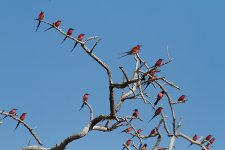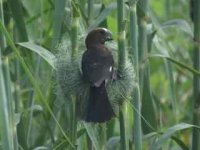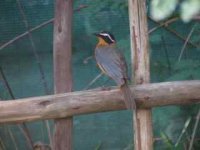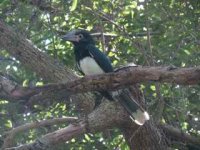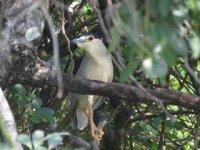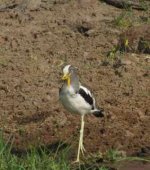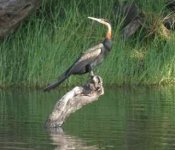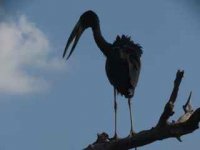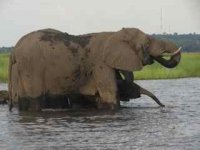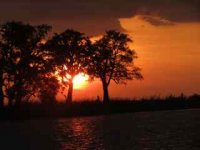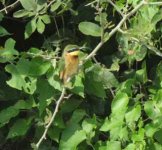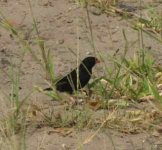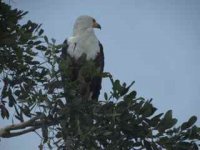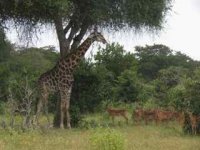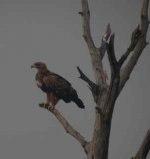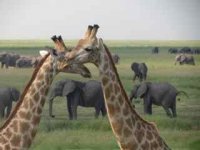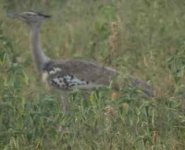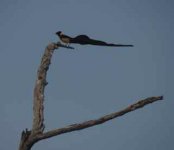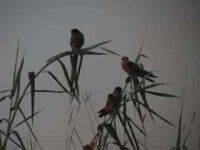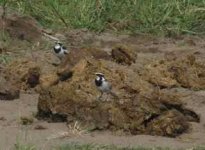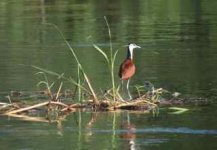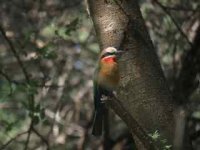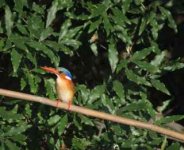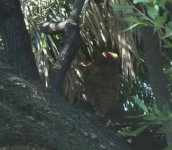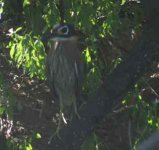Padraig
Well-known member
This is my first trip to botswana. I arrived at Kasane Airport on the 11th February from Johannesburg with my wife Susan. The idea was that we would spend three days doing touristy things and Susan would carry on to Cape Town, leaving me with a week to do some serious birding.
I will put all new species (birds I had nor seen in the Western cape or on last year's trip to Kruger National Park) in Bold letters.
many of these lifers were common, so I won't repeat them on other outings.
i don't consider myself an expert birder, so the purpose of this thread is to give info to anyone thinking of visiting Northern botswana, as well as to keep a record for myself.
After unpacking, I took my bins down to the jetty.
The first bird I saw was a Thick Billed Weaver building a nest. I also saw Spectacled weaver, Little Bee Eater, Tawny Flanked Prinia, Red Billed Quelia, Laughing Dove, White Browed Robin Chat, Village Weaver and Southern Grey Headed Sparrow.
If anyone can tell me how to down-size my photos for attachment purposes, I would be very grateful.
Padraig
I will put all new species (birds I had nor seen in the Western cape or on last year's trip to Kruger National Park) in Bold letters.
many of these lifers were common, so I won't repeat them on other outings.
i don't consider myself an expert birder, so the purpose of this thread is to give info to anyone thinking of visiting Northern botswana, as well as to keep a record for myself.
After unpacking, I took my bins down to the jetty.
The first bird I saw was a Thick Billed Weaver building a nest. I also saw Spectacled weaver, Little Bee Eater, Tawny Flanked Prinia, Red Billed Quelia, Laughing Dove, White Browed Robin Chat, Village Weaver and Southern Grey Headed Sparrow.
If anyone can tell me how to down-size my photos for attachment purposes, I would be very grateful.
Padraig




